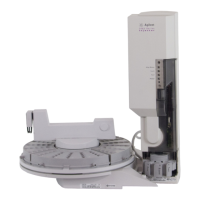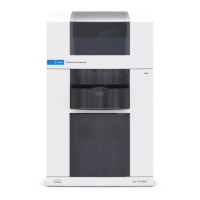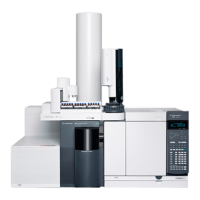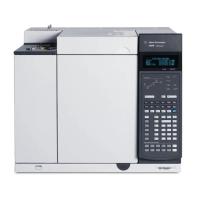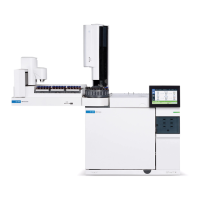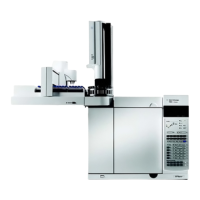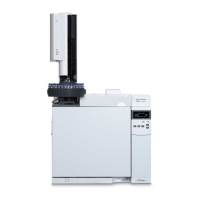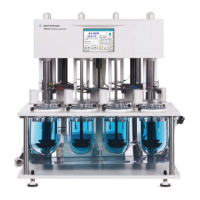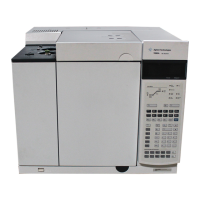4-14
Agilent 7500 ICP-MS ChemStation Operator’s Manual
Tuning
Parameters can be displayed or hidden by clicking on the [+]/[-] box.
Clicking on a parameter check box will alternately select or deselect the parameter.
A parameter in gray indicates that only some of the parameters contained within are
selected.
9Click OK.
Clicking OK will close the Acquisition Parameters - Oxide Ion window and
displays the entered settings in the ICP-MS Tuning - Oxide Ion window.
10 Click Start to monitor the Agilent 7500 signal and view the numerical values in
the real-time display.
The window includes a box for a real-time display of the instrument’s signal. The
box contains up to 200 data points. The current counts of each mass are given, and
the mean, RSD (relative standard deviation) of the signal, and the ratio of oxide are
given for the data points shown in the display.
11 If the ratio of the oxide mass to the element mass is equal to or greater than 1.0%
(2.0% if you use a concentric nebulizer), we recommend adjustment for the
following parameters to reduce the signal of the oxide ion.
RF Power, Smpl Depth, Carrier Gas, Makeup Gas, and PeriPump 1
Click each box and use the arrows to change the value.
To reduce the level of oxide ions, a key factor is plasma temperature. Higher plasma
temperature accelerates the decomposition of oxides. Promoting the decomposition
of oxide species,
• Increase the Sampling depth
• Decrease the Carrier gas (or Makeup gas) flow
• Increase the RF Power
• Decrease the Sample flow rate
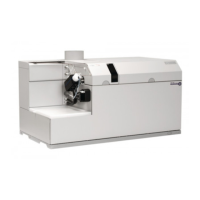
